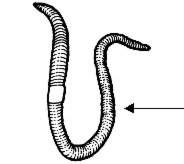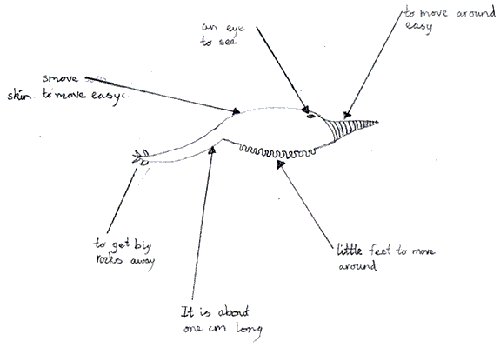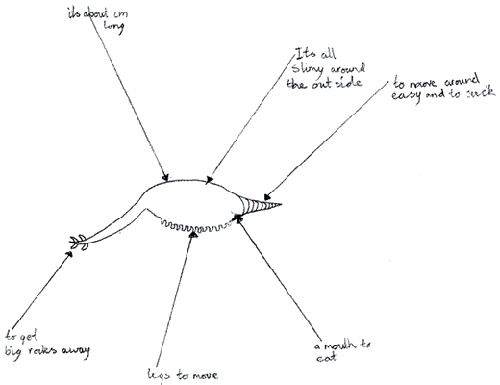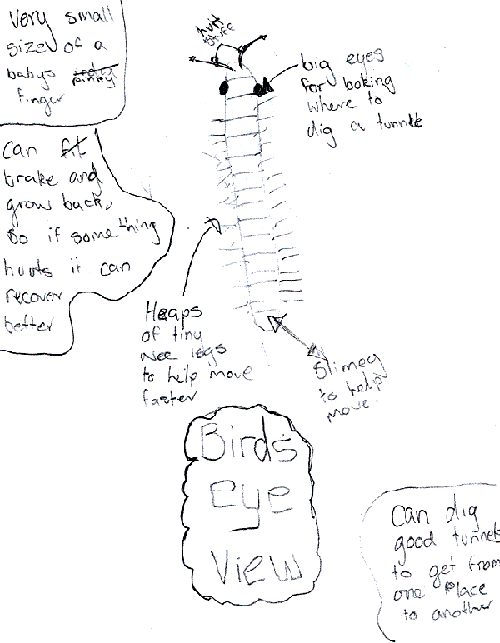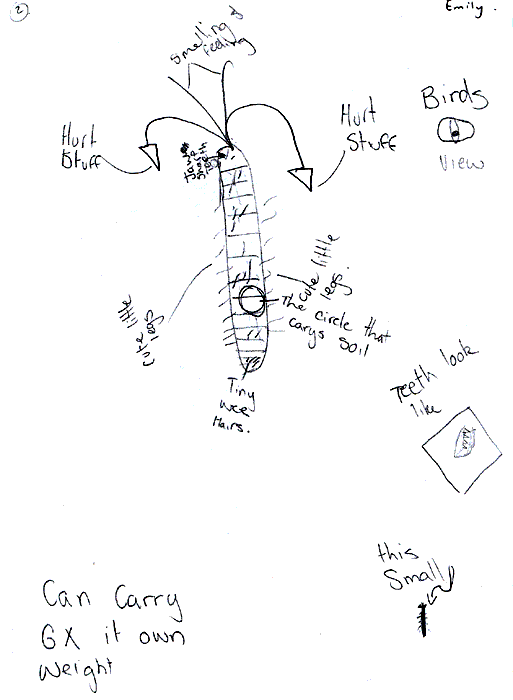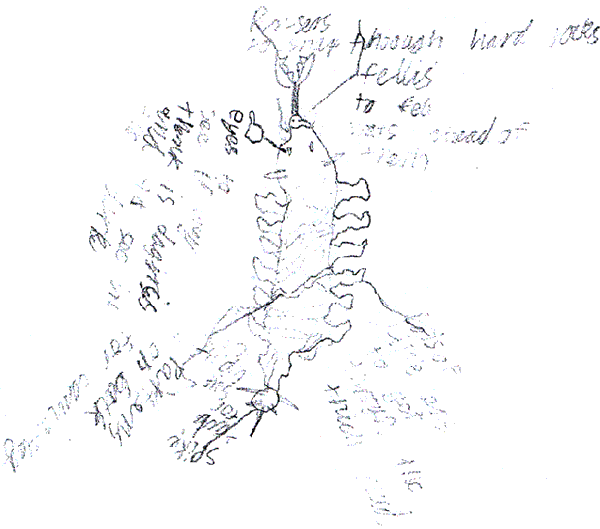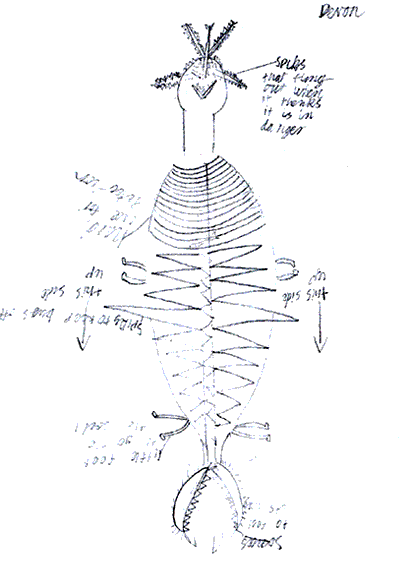Living underground
Earthworms, ants, and grass grubs live some or all of the time under the ground in the soil.
| a) |
On each animal label at least 2 parts of its body that help it to live in the soil. Describe how each part you have labelled helps the animal live in the soil. Hint: Features include size, shape, legs, covering, mouth, etc. The first has been started for you.
|
|||||||||||||||
| b) |
Imagine that you have found a new species of animal that lives its whole life underground in the soil. Make a detailed drawing to share your discovery with other scientists. Label all the parts that help it live underground. Hint: think about what sort of features it would need to live in the soil.
|
Now use one of the self-assessment sheets to evaluate your animal.
Use this self-assessment sheet if your animal is an invertebrate (has no backbone). (Insects, worms and spiders are examples of invertebrates.)
|
The following features are useful for living in the soil.
Tick the features that your animal has.
|
The following features are not useful for living in soil.
Cross the features that your animal has.
|
|
|
|
Evaluation
An animal that lives underground will need more useful features than features that are not useful.
Has your animal got more ticks than crosses? Yes / No
Is your animal well adapted to live in the soil? Yes / No
Name 2 things you would now change about your animal.
| 1. |
|
| 2. |
|
Use this self-assessment sheet if your animal is a vertebrate (has a backbone).
(Rabbits, birds, snakes, and lizards are examples of vertebrates.)
|
The following features are useful for living in the soil.
Tick the features that your animal has.
|
The following features are not useful for living in soil.
Cross the features that your animal has.
|
|
|
|
Evaluation
An animal that lives underground will need more useful features than features that are not useful.
Has your animal got more ticks than crosses? Yes / No
Is your animal well adapted to live in the soil? Yes / No
Name 2 things you would now change about your animal.
| 1. |
|
| 2. |
|


